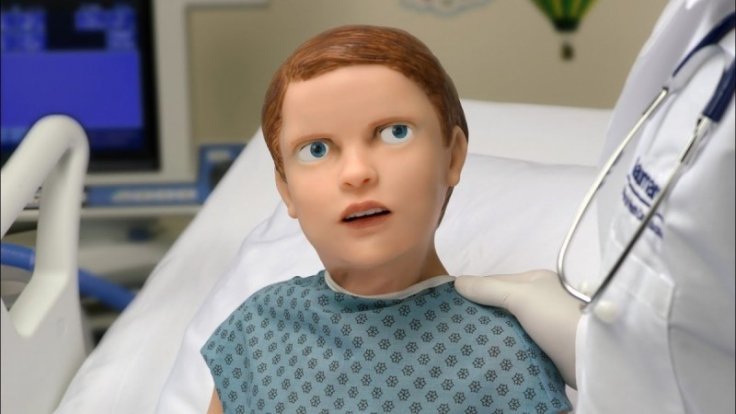
A life-like robot boy that is capable of dying, crying, and even calling out for his mom will hope to help the pediatricians without with their medicinal training.
Pediatric HAL, as he is named, created by Gaumard Scientific, combines two of the most essential technological advances: robotics and artificial intelligence.
HAL is depicted as "the world's most advanced pediatric patient simulator," and you would realise it too after watching this video. HAL is equipped for shedding tears, dying, and urinating, and can even go into anaphylactic shock or heart failure. This robot likewise has a heartbeat. He has blood and reacts with cries when given an injection. When the stress gets too much to bear he calls for his mother.
Medicinal trainees will have the capacity to rehearse a wide variety of techniques on HAL, including slicing open his throat to embed a tracheal tube, putting him to consciousness with a defibrillator, and even plugging him an EKG to monitor his heartbeat, and such.
"It's the closest experience to real-world pediatric emergency care available today," said Gaumard VP John Eggers. HAL presents a takeoff from the test mannequins that pediatricians in training have been using, but it additionally requires an investment of $48,000 for every robot.
As indicated by Lillian Su, Heart Center of Lucile Packard Children's Hospital medicinal director of simulation, maybe later on, therapeutic training robots like HAL will have the capacity to translate and reproduce feelings. That will add an emotional layer to the training, which will help prepare the medical students to understand the intricacies of operating on a patient. Having an emotional layer to the training will help the students come closer to what they may face in a real operation, or while diagnosing a patient.
Pediatric HAL is a good example of how robotics and artificial intelligence can be used to enhance our understanding of the world - to interpret and practice the disciplines, such as science, which still has a lot to be understood and interpreted. Robotics combined with artificial intelligence can surely pave the way to an easier understanding of different subjects.









